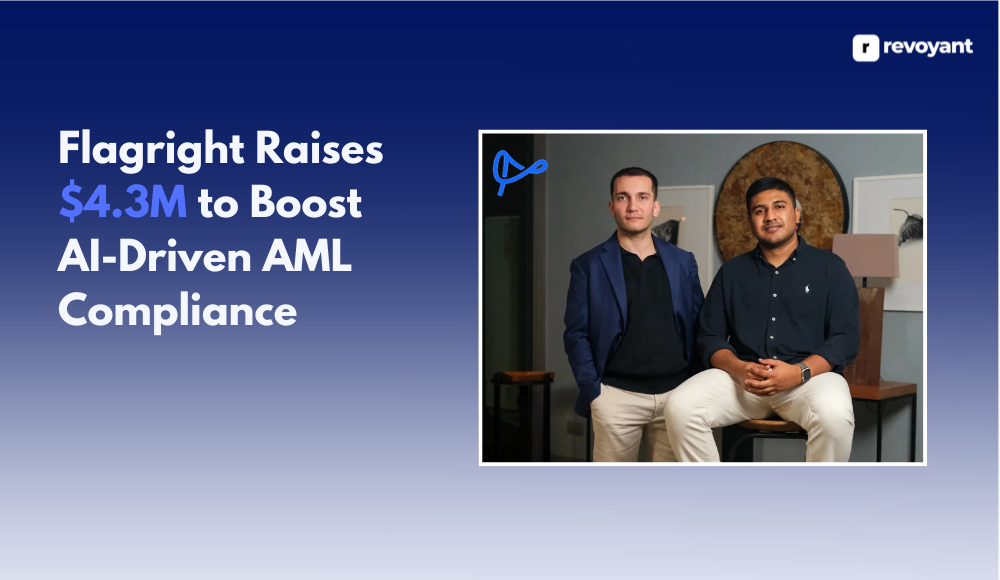Creating digital art can feel hard without the right tools. Dezgo AI makes this easier by turning text into detailed and realistic images. This blog will guide you on using its features to bring your ideas to life—for free.
Keep reading to unlock how simple it is!
Features of Dezgo AI for Creating AI Art
Dezgo AI uses Stable Diffusion AI to turn text descriptions into detailed images. It allows users to adjust image resolution, aspect ratio, and guidance settings for better results.
The tool offers negative prompts, which filter unwanted elements in the art, ensuring cleaner designs.
This free AI image generator includes text-to-image and image-to-image functions. Its upscale feature enhances image quality by boosting pixels for higher-definition output. Beta versions even support text-to-video creation for creative projects like advertising campaigns or visual storytelling on social platforms like TikTok or YouTube.
Steps to Generate Realistic AI Art with Dezgo AI
Creating AI art with Dezgo AI is simple and fun. Follow these steps to make high-quality, realistic images in minutes.
- Open the Dezgo AI portal on your browser.
- Enter a detailed text description in the prompt section (e.g., “a deer standing by a lake surrounded by trees”).
- Choose an appropriate AI model for your project, like Stable Diffusion AI, from the list of available models.
- Adjust guidance settings to control how closely the image matches your text prompts.
- Set sampling steps to refine details in the generated image for better results.
- Pick the desired image resolution to suit your needs (e.g., higher resolution for presentations or slideshows).
- Click on “Run” to generate the AI-created image instantly.
- Use features like Negative Prompts to filter out unwanted elements from your artwork.
- Try the Upscale Feature to enhance clarity for high-definition visuals useful in visual content creation or graphic design projects.
Using Text-to-Image Functionality
Dezgo AI’s text-to-image feature is simple yet powerful. Enter a detailed text description, and the AI generates unique images based on it. For example, typing “a deer standing by a lake surrounded by trees” creates an image reflecting this scene.
Adjust settings like resolution or aspect ratio for better customization.
The guidance setting refines how close the result matches your input. Higher values stick closer to the prompt, while lower ones allow more creative freedom. This feature works seamlessly with stable diffusion AI models used in image generation tasks.
Selecting the Right AI Model for Your Art
Choose SDXL for the highest-quality images. This model, released in July 2023, is perfect for creating detailed and realistic visuals. It works well for projects needing precision and sharpness.
Pick SDXL Lightning if you want a balance of quality and speed. Released in January 2024, this version offers great results without heavy processing demands. For advanced tools or community-tested solutions, use SD1.5 from August 2022.
Each model supports creativity with unique strengths suited to different goals in AI-generated content creation.
Additional Features in Dezgo AI
Dezgo AI offers tools to improve image quality and refine output details. These features elevate your creative control, making art creation smoother and more flexible.
Negative Prompts and Their Role
Negative prompts remove unwanted elements from your AI-generated images. They act as filters, guiding the training software to exclude specific details like objects, colors, or styles.
For instance, if you dislike hands in an image, you can use a prompt like “no hands” to refine the output. Users often explore this feature for better customization and aesthetic balance.
XL models typically need fewer negative prompts compared to 1.5 models. This makes them more user-friendly for creating high-quality visuals with minimal effort. Negative prompts also enhance visual storytelling by targeting precision in text-to-image generation.
Experimenting with this tool highlights its value when paired with other features—like upscaling—to create polished art!
Upscale Feature for Enhanced Image Quality
The upscale feature in Dezgo AI boosts image resolution and sharpness. It refines details, giving images a polished and professional look. Both free and paid users can access this tool, making high-quality image customization simple.
This option is ideal for improving visuals without starting from scratch. Artists can enhance aesthetic output with just a few clicks. Whether creating content for brands or visual storytelling projects, the results appear sharper and more detailed, perfect for presentations or marketing needs.
Tips for Crafting Precise Prompts in Dezgo AI
Crafting precise prompts in Dezgo AI helps create stunning and realistic images. Clear instructions lead to better results with any machine learning model.
- Be specific with your text description. Mention key details like colors, settings, and objects. For example, use “a red fox sitting in a green forest during sunrise.”
- Use action words to describe scenes or movements. Instead of just “a horse,” say “a galloping black horse on the beach at sunset.”
- Include strong keywords based on training software datasets. This boosts the AI’s understanding of your request for high-quality images.
- Experiment with synonyms for variety and better results in visual storytelling. Replace “dark sky” with “stormy sky” or “gloomy night.”
- Add negative prompts to avoid unwanted elements in AI-generated art. For instance, add terms like “no blur” or “exclude fog.”
- Adjust guidance setting to control how closely the result follows your input prompt details.
- Try different sampling steps for sharper images when generating content using text-to-image functionalities.
- Be creative but concise in your imagination while writing power mode inputs for stable diffusion AI-generated images.
- Test the flux loras feature if you face flux lora loading issues during image customization attempts.
- Specify image resolution to enhance final outputs for tasks like creating PPT visuals or brand recognition materials.
Conclusion
Dezgo AI makes creating realistic AI art simple and exciting. It combines powerful tools like text-to-image and upscale features for high-quality results. With options to fine-tune prompts, select models, or remove unwanted elements, it fits many creative needs.
This free tool is great for anyone looking to explore visual content creation with artificial intelligence. Start now and watch your ideas come alive!
FAQs
1. What is Dezgo AI, and how does it work?
Dezgo AI is an AI image generator that uses advanced models like Stable Diffusion AI to create high-quality images from text descriptions. It allows users to customize visuals using features like guidance settings, sampling steps, and image resolution adjustments.
2. Can I use Dezgo AI for free?
Yes, Dezgo AI offers a free platform for creating realistic AI-generated art. You can experiment with features such as the upscale tool and power mode without any cost.
3. How do I generate images with Dezgo AI?
To create images, you simply provide a text-to-image prompt describing your idea. You can also add negative prompts to refine results or adjust settings like flux loras for better customization.
4. Does Dezgo support other tools for content creation?
Yes, Dezgo supports visual storytelling by integrating seamlessly with content marketing strategies. It works well alongside tools like video editors or PowerPoint when designing engaging visual content.
5. Are there issues users might face while using the platform?
Some users may encounter flux lora loading issues or deviation in results during image generation due to training software limitations in its beta version. However, user support is available through forums to help resolve these problems quickly.
6. Is my data private when using Dezgo AI?
Dezgo ensures data privacy by managing cookies responsibly and protecting user information during analytics processes—making it safe for creators focused on customer engagement and copyright concerns alike!



